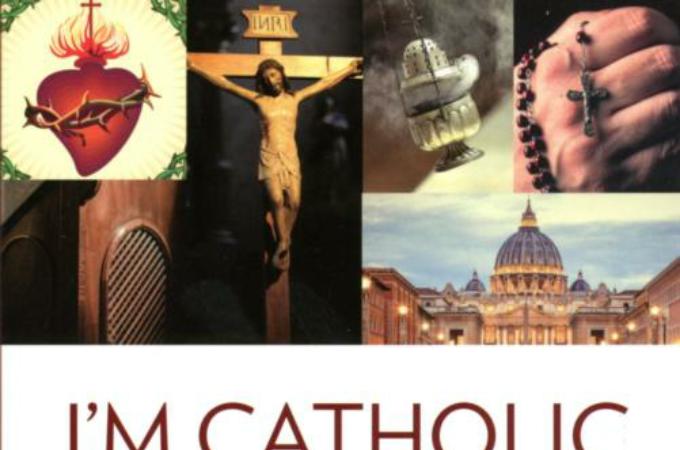Authors explain Catholic topics clearly but write from certain ideology
"I'm Catholic. Now What?" by Shaun McAfee. Our Sunday Visitor (Huntington, Indiana, 2019). 335 pp., $19.95.
"What to Say and How to Say It: Discuss Your Catholic Faith With Clarity and Confidence" by Brandon Vogt. Ave Maria Press (Notre Dame, Indiana, 2020). 235 pp., $16.95.
These two books give readers an overview of what it means to be Catholic. They share the strengths and weaknesses that any such book is bound to have.
On the positive side, each gives clear explanations for topics related to being Catholic in today's world. On the negative side, each encourages the reader to believe that there is only one acceptable Catholic point of view, one acceptable Catholic answer to ethical and moral conundrums -- indeed, one acceptable way to be a good Catholic.
In other words, these books present a black-and-white view of Catholicism, as if no gray areas exist. They tend to overlook G.K. Chesterton's observation that Catholics know the relatively few "transcendental truths on which they do agree, and take rather a pleasure in disagreeing on all the rest."
That said, such books have their place and can be helpful.
Shaun McAfee, author of "I'm Catholic. Now What?" is a former evangelical Christian who joined the Catholic Church. This gives him the ability to speak to those with a non-Catholic background about Catholicism, knowing what their perspectives and questions are likely to be.
At the same time, former evangelical Christians tend to shift their former inclination to find all the answers in a kind of biblical literalism to an inclination to find all the answers in a kind of Catholic doctrinal literalism, and this seems true of these books. Both McAfee and Vogt seem to assume that all official Catholic documents and teachings are at least virtually infallible.
While Vogt's book limits itself to certain more-or-less controversial topics, McAfee's book addresses Catholic topics of many kinds, including the Bible and the Catechism of the Catholic Church, the sacraments, Mary and the saints, prayer, drinking beer, kissing a bishop's ring, opposing relativism, euthanasia, evolution, church history, and genuflecting and bowing.
Vogt became a Catholic as a young adult, but prior to embracing a Catholic doctrinal literalism similar to that of McAfee, he was a millennial "none." Vogt divides his book into nine sections: Answering Atheism, Evil and Suffering, Trusting the Gospels, Explaining the Eucharist, Abortion, Same-Sex Marriage and Transgenderism. Particularly appealing is that each of these includes an "expert interview" with an individual whom Vogt regards as an expert on that topic. These include Peter Kreeft and Jesuit Father Robert Spitzer.
One advantage of Vogt's "What to Say and How to Say It" is that it includes one of the few easily available popular theological discussions of transgenderism.
When it comes to issues on which there is considerable Catholic disagreement -- such as the morality of contraception -- McAfee embraces the official Catholic point of view with no mention of contrary beliefs. McAfee turns frequently to the Catechism of the Catholic Church so, in this regard, it would have been helpful had he at least remarked on the catechism's ambiguity on the topic of freedom of conscience.
Both of these books make good reading for both new and "cradle" Catholics. Readers do well, however, to remember that the authors wrote their books from a certain ideological perspective on what it means to be Catholic.
- - -
Finley is the author of more than 30 books on popular Catholic theological topics including "The Rosary Handbook: A Guide for Newcomers, Old-Timers and Those In Between" and "What Faith is Not."



















